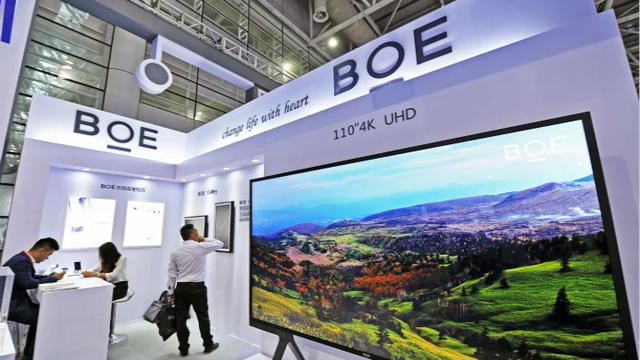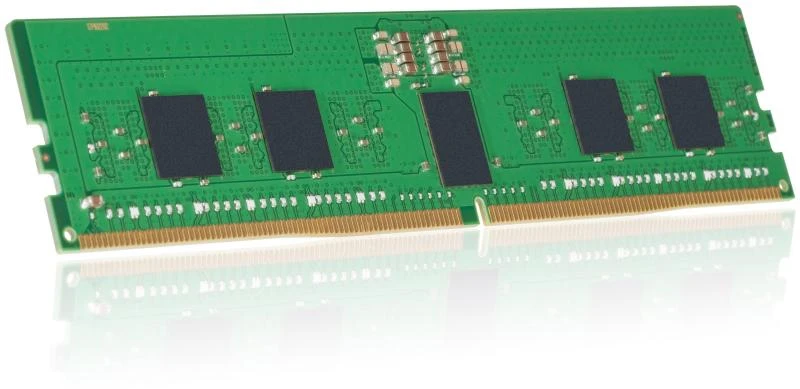TECH

We have been seeing reports for some time now that Apple may have to restructure its entire production line due to the Chinese manufacturer BOE's problems in meeting the quality targets required by Apple, and it seems that Samsung could benefit from this. According to new information released in the industry, the entire iPhone 17 line could arrive with Samsung's M14 AMOLED screen, which brings gains of up to 30% in brightness levels compared to the M13 panel — used in the Galaxy S25 and S25 Plus.
This means that even the "simplest" iPhone 17 and iPhone 17 Air would have a display with superior technology to the Galaxy S25 Ultra, which arrives with an M13+ screen that brings some improvements compared to the version used in the cheaper models. In the case of Samsung's most premium phone, however, the highly praised quality of the panel goes far beyond the display itself, and is also the result of the new Gorilla Armor 2 glass with an excellent anti-reflective finish, something that should not be seen on iPhones.
An important point is that Samsung Display's M14 screen is already seen on the latest iPhone 16 Pro and iPhone 16 Pro Max, showing that the South Korean company focused on cutting costs on its Galaxy S25 line, while at the same time managing to sell the more expensive panel to Apple, winning on both fronts. Since the entire S25 line has been the target of praise regarding the display, especially the Ultra model, it is safe to say that the company made the right choice.
As with the current models in the iPhone 16 line, it is most likely that Samsung and LG will be responsible for sharing the demand for manufacturing screens for the iPhone 17 line, which means that some of the models sold would have the M14 panel while others would have the LG display. The proportion that would go to each manufacturer has not yet been detailed, but with the problems involving BOE, we can expect a good share for each.
Apple's change in policy to deliver the same Samsung M14 panel in all models of the iPhone 17 family also indicates that we will have a drastic reduction in the difference in quality between the base and Air models of the Pro and Pro Max versions, possibly bringing the variable refresh rate of 1 to 120 Hz to all devices, something that has been requested by users for some time.
So far, nothing has been confirmed by Apple, but new details should be released in the coming months, as we get closer to the launch of the line expected for September.
Apple may drop BOE from its list of screen suppliers due to quality problems. According to information from the international portal OLED-info, the Chinese manufacturer is facing difficulties in the production of OLED panels for iPhones. Samsung and LG may be chosen to meet the demand. According to industry sources, BOE has been struggling to meet Apple's quality standards for the LTPS AMOLED displays that power the iPhone 14, 15, and 16 models for some time now. Since the beginning of 2024, of the 40 million panels ordered by Apple, the manufacturer has only been able to deliver approximately 8 million units.
The manufacturer expects the quality issues to take at least six weeks to be resolved. In the meantime, the supplier's demand would be met mainly by Samsung Display, since LG Display's production is usually focused on the production of LTPO AMOLED panels, which power the 'Pro' iPhones.
But it is not possible to say that Apple's relationship with these two other suppliers is going well. According to rumors dating back to last December, both Samsung Display and LG Display would be facing problems in achieving the results that the Cupertino company is aiming for.
Obstacles in the production of a new OLED display dubbed ‘zero-bezel’ are reportedly straining relations between the companies, causing Apple to delay the implementation of the new panel in iPhones.
But back to BOE, this is not the first problem the Chinese manufacturer has had with Apple. Back in late 2023, the supplier faced “light leakage” problems in the dynamic island of the recently announced iPhone 15, leading to a very low utilization rate in its production and a consequent decrease in orders from the iPhone developer.
Apple has been trying to revolutionize the display of its new devices with a new type of OLED with a design known as “zero-bezel”. The new technology is being developed by both Samsung Display and LG, but both seem to be encountering more problems and difficulties than initially imagined.
Previously, Apple planned to equip these new screens in devices from 2025 and/or 2026, but this should take a little longer, since the technology is still under development to achieve the result that the North American technology giant wants for its devices.
As mentioned, during the development, some obstacles arose that are slowing down the entire process for Samsung and LG. Among these problems, two stand out, being the encapsulation of a thin film, which in turn aims to ensure the durability and also flexibility of the edges of the screen.
The second is the Optical Clear Adhesive (OCA). OCA is an important technology that allows the unification of the screen layers, but its current versions are resulting in problems with visual distortions when viewed from the sides.
In order to overcome the challenges and complete Apple's new Zero-Bezel OLED, Samsung and LG are working hard together to solve all the challenges that are present in the current development.
However, considering that they are still in the early stages and are already facing several problems, it is possible that Apple will not be able to present the new technology as expected, which would be in the 2025 or 2026 line of devices. In other words, it is necessary to wait a little longer for news
Yan Bergson

No comments:
Post a Comment